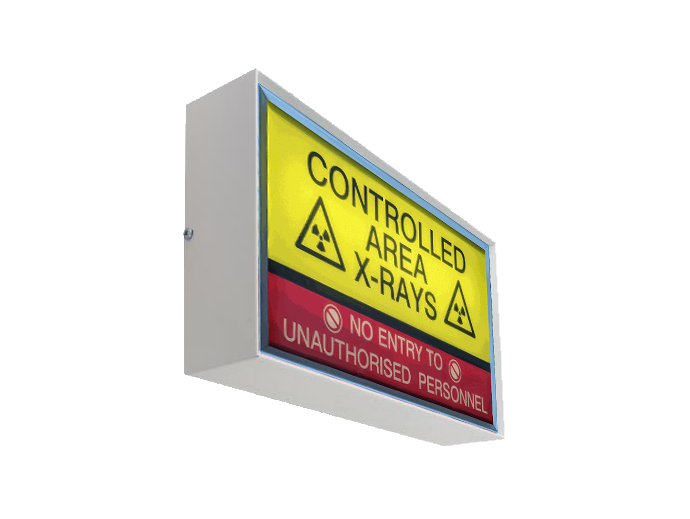
If you've ever entered a veterinary clinic, you've most likely seen various equipment vital to the medical care of our precious pets. One of the most widespread, yet often undervalued, parts are the 'vet x-ray warning lights'. These warning lights play a pivotal role in guaranteeing the safety of both the veterinary staff and the animals in care. In this article, we'll delve deep into the world of 'vet x-ray warning lights' and explore their significance.
Understanding Vet X-Ray Machines
Before delving into the intricacies of the 'x-ray warning lights', it's vital to understand the primary tool they are associated with - the x-ray machine. Veterinary x-ray machines give a chance to vets to view inside an animal's body. They can facilitate spot bone fractures, tumours, foreign objects, and other internal concerns that might not be obvious from a physical examination alone.
However, as useful as they are, x-ray machines emit ionising radiation, which is harmful in overabundant amounts. That's where the 'x-ray warning lights' become crucial.
The Role of X-Ray Warning Lights in Veterinary Clinics
'X-ray warning lights' fulfil a basic yet crucial function. They illuminate to notify when the x-ray machine is in operation, warning staff, visitors, and other animals to avoid from the direct area. Here's why they're crucial:
Safety First: The foremost role of 'vet x-ray warning lights' is safety. They make sure that anyone in the vicinity understands when potentially harmful x-rays are being given off.
Preventing Unnecessary Exposure: Lengthy exposure to x-rays can be detrimental. By warning everyone in the vicinity, these warning lights perform a vital role in curtailing any accidental exposure.
Legal and Regulatory Compliance: In several jurisdictions, including the UK, the use of 'x-ray warning lights' is not just suggested but a legitimate requirement. Veterinary clinics are obligated to abide by certain safety protocols, with the use of warning lights being paramount among them.
Choosing the Right Vet X-Ray Warning Lights
If you're a clinic owner or a vet wishing to establish a new practice, it's imperative to purchase first-rate 'vet x-ray warning lights'. Here's what to consider:
Visibility: Guarantee that the lights are bright enough to be seen from a distance, even in well-lit environments.
Durability: Veterinary clinics are lively environments. Invest in warning lights that can tolerate a bit of wear and tear.
Integration with X-Ray Machine: Some modern 'x-ray warning lights' can be connected with the x-ray machine to automatically turn on or off. Such alignment adds an additional layer of safety and convenience.
Maintenance and Checks
Periodic checks and maintenance of your 'vet x-ray warning lights' are essential to make sure they function correctly. A faulty light could bring about unintended exposure. Ensure that:
Consistent Inspections are Carried Out: Look over the lights daily before clinic operations begin.
Replace Faulty Bulbs Immediately: Don't wait for a bulb to die fully. If you see it dimming or flickering, it's time for a switch.
Test for Synchronisation: If your warning light is linked with your x-ray machine, routinely test to confirm they sync accurately.
'X-ray warning lights' in veterinary clinics may appear like plain devices, but they perform a pivotal role in making sure of the safety of both the staff and the animals. They function as silent guardians, defending everyone from unneeded radiation exposure. Whether you're a vet, a pet owner, or a concerned individual, understanding the importance of these lights and confirming they function correctly is vital.
If you're enthusiastic to know more about x-rays in veterinary practice or are seeking top-quality 'vet x-ray warning lights', we welcome you to visit xray4vets. With a plethora of information and products tailored for the veterinary realm, it's your go-to destination for all things x-ray related. Safe practices affirm a more secure environment for everyone involved, so never ever underestimate the strength of that small warning light!"